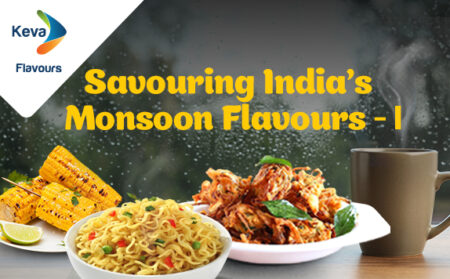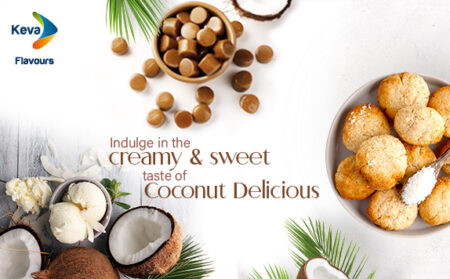
Flavourings in Baked Goods
Ever since Mankind chose to grind his grain surplus into the easier to consume seed flour the bakery industry was born. A wide variety of products were developed, and it’s quite simple to predict the order of development from simple pancakes through to elaborate wedding cakes that look too good to eat. Flavouring these products with herbal blends, the addition of spices and then one day a large inclusion of honey or some other high sugar content and bread had cousins in cookies and cakes.
Why to use flavourings in bakery products?
A lot of bakery products are self-indulgent. Although there may be an actual need for bread nobody actually ever needs cake or cookies. They are bought and consumed purely on whether they taste nice or not. Flavouring such as vanilla or chocolate makes the consumption more enjoyable and tempting. Essentially, there are two forms of bakery flavouring. The first is internal flavouring. These flavourings can be either liquid or powder. It is most common to have powder flavouring as a liquid flavouring can interfere with the raising of yeast containing products. They have to be “bake stable”; which means capable of surviving the exposure to high heat for a long period of time. Vanilla and Chocolate are two types of common flavour as their molecular composition uses molecules that typically can withstand high thermal stresses.
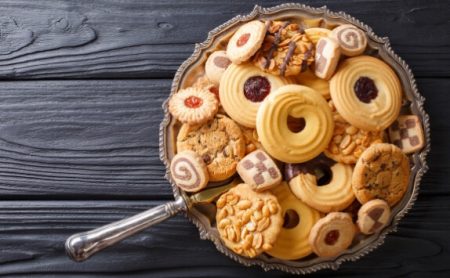
The powder flavouring is often encapsulated and spray dried to help protect the more volatile components. With this technology, it is possible to give a much broader range of flavours for the bakery as flavours that use volatile components such as an apple or peach flavour are now possible. The second type of flavour used is in the fillings and icing. These are simple to flavour and go under virtually no thermodynamic stress. Almost any flavour you could ever imagine can be used in this application. Oil or water-soluble flavours can be used. Cheese flavours help boost the intensity of the cheese in a cracker. Now it is possible to design a product that visually and organoleptically delivers the customers wishes and expectations and reproduce those results time after time.
The answer to the question “why use flavourings in bakery” is simple. You can achieve a far greater range of products that can be reproduced in taste and quality each time of manufacture, Flavouring is always feasible to use than the use of the limited range of herbs and spices. New technologies can be introduced such as salt, sugar and fat enhancers to provide a much healthier product with no loss in indulgence and product stability. Flavours allow the product to be baked and frozen, stored for weeks and then when thawed and ready to eat there is no loss in flavour and the product feel freshly baked and prepared.
ArrayKeva has an extensive flavour shop for various food and beverage applications, besides a team of expert flavourists and food technologists for creating custom flavours and matches. To partner with us, contact Keva today.
- Pinned
- Recent


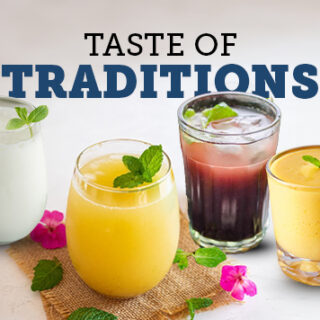 Taste of Traditions
Taste of Traditions17 May 2024


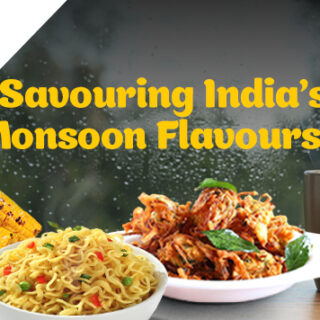
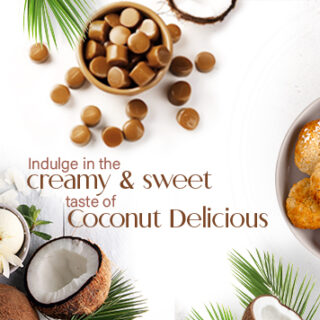


 Energizing Trends of the Energy Drink Market
Energizing Trends of the Energy Drink Market31 May 2024
Blog Archive
-
2024
June (2)
May (2)
April (1)
March (1)
January (1)
2023
2021
-
September (1)
August (1)
2020
-
October (1)
September (1)
August (1)
March (2)
February (2)
January (3)
2019
-
November (2)
- Process Flavours
October (1)
July (1)
May (1)
March (2)
February (2)
January (1)
2018
September (1)
July (1)
May (1)
April (2)
March (2)
February (2)
January (2)
2017
November (2)
October (2)
Disclaimer
The statements, views, thoughts and opinions expressed on blog or social media are those of the author and do not necessarily reflect the official policy or position of Keva Flavours or its parent organisation. The company does not take any responsibility for the views of the author.
